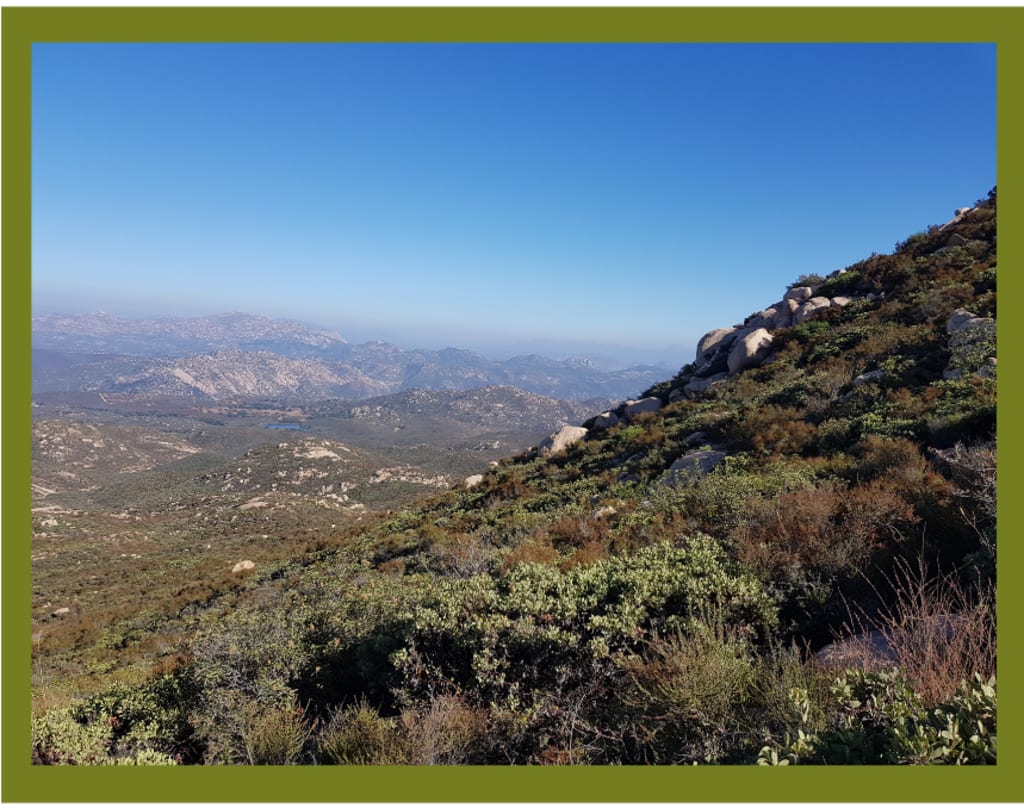
On January 24, 1848, James Wilson Marshall, discovered flakes of gold in the American River at the base of the Sierra Nevada Mountains near Coloma, California. Those flakes were the beginning of what we now call the California Gold Rush.
James Wilson Marshall was the great-grandson of a signer of the Declaration of Independence, was well educated for the time, and trained as a carpenter and wheelwright. In 1847, he partnered with John Sutter to build a sawmill on the American River. Each night, Marshall would direct the flow of the river into the millrace to allow erosion to deepen the channel and carry away debris from the previous day’s work. The ever-deepening channel was where he first discovered gold.
Marshall conducted crude tests on his discovery to determine if it was in fact gold, before showing it to his partner Sutter. He compared the flakes with a $5 gold piece and pounded a nugget on an anvil to determine if it was soft and malleable (as opposed to brittle like fool’s gold).
Marshall and Sutter tried to keep the discovery secret, but rumors of the discovery were confirmed in March 1848 by San Francisco publisher and merchant, Samuel Brannen. Brannen quickly set up a store selling prospecting supplies, then he began walking through the streets holding a vial of gold, shouting, “Gold! Gold! Gold from the American River!” On August 19, 1848, the New York Herald reported the discovery of gold, and then on December 5, 1848, U.S. President James Polk confirmed the discovery of gold to congress.
Approximately 300,000 people came to California, half by boat and half overland, between the years of 1848 and 1855 to seek their fortune. 1849 was the peak year of immigration into California during the Gold Rush, so the miners became known as “Forty-Niners.”
At the beginning of the Gold Rush, there was no law regarding property rights in the goldfields and a system of "staking claims" was developed. During 1848, Marshall and Sutter tried to claim ownership of the Coloma area property and charge commission for any gold found by other miners, but very few people respected their self-proclaimed property rights. By the end of 1848, as the newcomers took over the land (stealing crops and livestock) and the mill workers left in search of gold, Marshall and Sutter were forced to begin selling assets as their business plans fell into ruin.
James Wilson Marshall never recovered, mentally or financially, from the confrontations and hardships that drove him from the land he claimed and the greater area of Coloma. He became depressed and began to claim supernatural powers that allegedly allowed him to locate the richest gold deposits. James Wilson Marshall, the man who brought about the Gold Rush, and the mass migration that ultimately led to statehood for California, died on August 10, 1885, having never married, with few friends, and assets barley sufficient to cover the cost of his funeral.
On May 3, 1890, five years after his death, the Placerville Parlor of Native Sons petitioned the state legislature of California to erect a monument in honor of James Wilson Marshall and his role in history. A bronze statue of Marshall points to the supposed spot on the American River where he discovered gold.
Is there still gold in those hills? Yes! Today, there are thousands of dry mining claims, amateur prospectors, hardware stores selling prospecting tools, and prospecting clubs in California. Also, one can visit Marshall Gold Discovery State Park located on the site of Sutter’s Mill, which offers on-site panning for gold, information on local sites to find gold, and bags of pay dirt from local mines.
About the Creator
Rachel
Founder and CEO of a start up, homeschool teacher, military spouse, and writer.






Comments
There are no comments for this story
Be the first to respond and start the conversation.